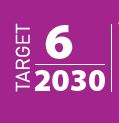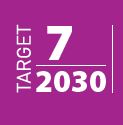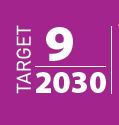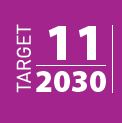





Enforcement
It is important to have strong, evidence-based road safety laws. However, the presence of a good law is not sufficient. It is important to also have sustained, well-resourced law enforcement to help shape road user behaviours and encourage compliance with the law. Road rules will likely only be obeyed if people believe that not obeying them will result in detection and unwanted outcomes like fines or license cancellation.
A Guide to the Use of Penalties to Improve Road Safety advises that the perceived likelihood of being caught and penalized for disobeying road rules should be high. Also, the penalties should be large enough to discourage people from disobeying the rules.
The police who are responsible for enforcing road rules need to be trained and given the tools (such as speed detection and alcohol testing equipment) to do their job properly, and a system should be established to reduce opportunities for corrupt practices (eg to ensure that fines are not taken by police officials for themselves).
The theory behind enforcement and key elements for success
It is generally accepted that enforcement influences road user behaviour through two processes:
- general deterrence
- specific deterrence.
General deterrence occurs when road users obey road rules because they perceive a substantial risk of being detected and punished if they don’t.
Specific deterrence occurs when someone who has already broken the rules and received the associated punishment is deterred from future offending behaviour as a result.
Enforcement of road rules should be aimed primarily at creating general deterrence because then it is not necessary for police to catch and punish road users for them to be encouraged to obey the rules. To result in general deterrence, enforcement should be:
- accompanied by widespread publicity
- unpredictable and difficult to avoid
- a mix of highly visible and less visible activities
- continued over a long period of time and well resourced.
Intelligence led policing
To maximise the road safety benefit, enforcement should be aimed at road rule violations that have been proven to increase the likelihood or severity of crashes. Safety benefits can be further increased through intelligence led policing. In road rule enforcement, intelligence led policing involves the use of data (for example, data on when and where crashes are occurring, data on severity factors such as not using seatbelts or helmets, or data on causal factors such as speeding or drink driving) to focus enforcement on the times and places that present the greatest risk.
Targets for enforcement
Some of the many things that can be enforced by traffic police are
- blood alcohol concentration limits (drink driving laws)
- speed limits
- disobeying traffic signals or signs
- seatbelt and child restraint use
- helmet wearing
- driver licensing
- vehicle roadworthiness.
Costs and effectiveness
Enforcement is necessary for road laws to be effective. It is not possible to put a cost on enforcement because the costs and effectiveness will vary dramatically depending upon what enforcement activity is undertaken.
However, based on Norwegian data, speed enforcement, random breath testing (for alcohol) and seatbelt enforcement all have positive benefit/cost ratios.
Treatment Summary
Case Studies
Related Images
 A breath alcohol test device used in police enforcement. Image credit: iStock
A breath alcohol test device used in police enforcement. Image credit: iStock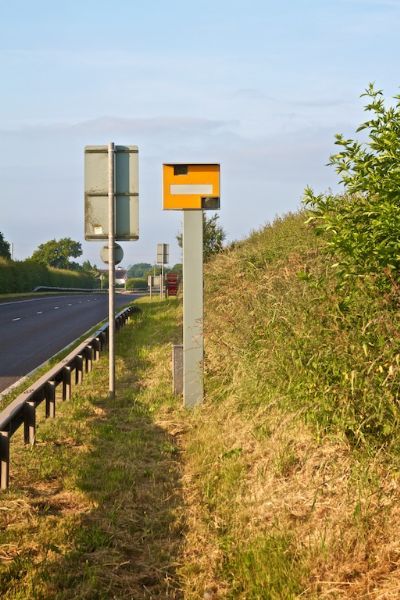 Fixed speed camera on the A34 - UK. Image credit: Unknown
Fixed speed camera on the A34 - UK. Image credit: Unknown A police officer conducting speed enforcement activities. Image credit: iStock
A police officer conducting speed enforcement activities. Image credit: iStock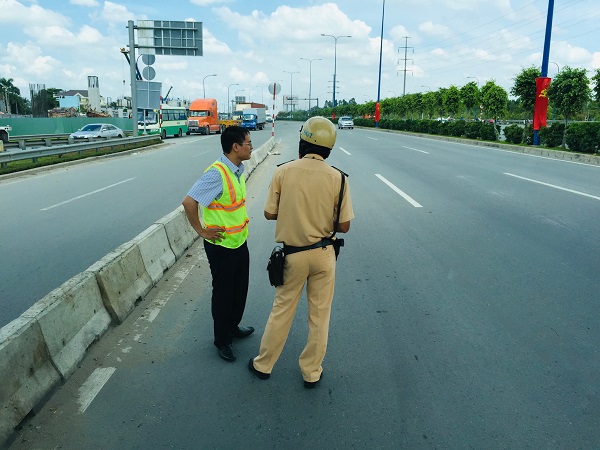 Enforcement in Vietnam. Image credit: Unknown
Enforcement in Vietnam. Image credit: Unknown Police random breath testing, Australia. Image Credit: Unknown
Police random breath testing, Australia. Image Credit: Unknown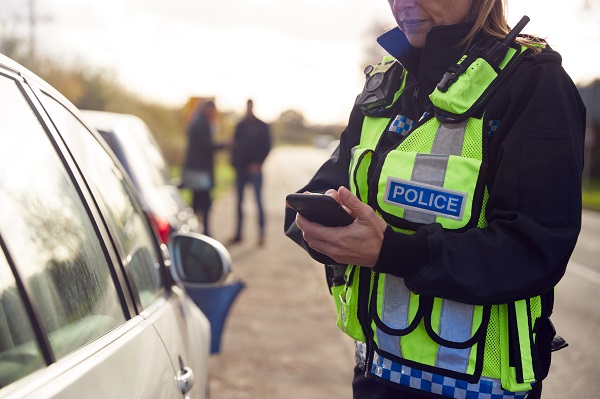 Police enforcement. Image credit: iStock
Police enforcement. Image credit: iStock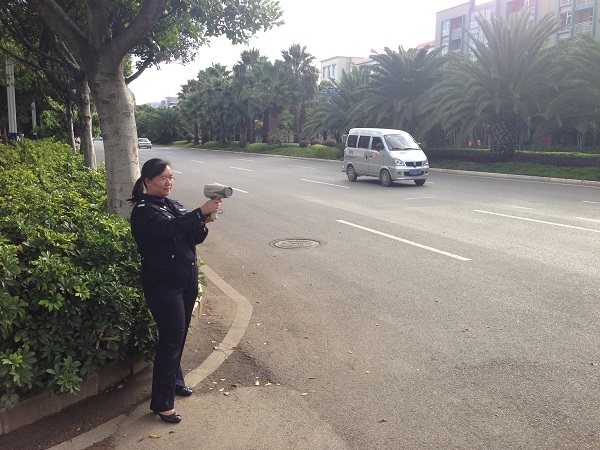 Speed enforcement in China. Image credit: Greg Smith
Speed enforcement in China. Image credit: Greg Smith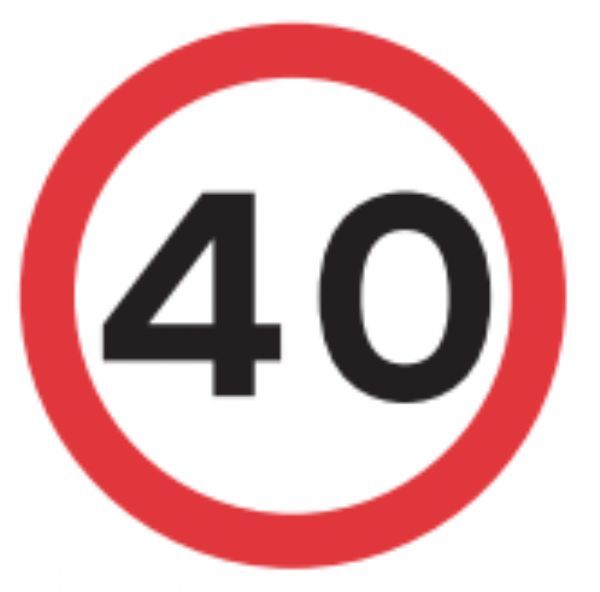 Speed limit sign. Image reproduced under the Open Government Licence
Speed limit sign. Image reproduced under the Open Government Licence









